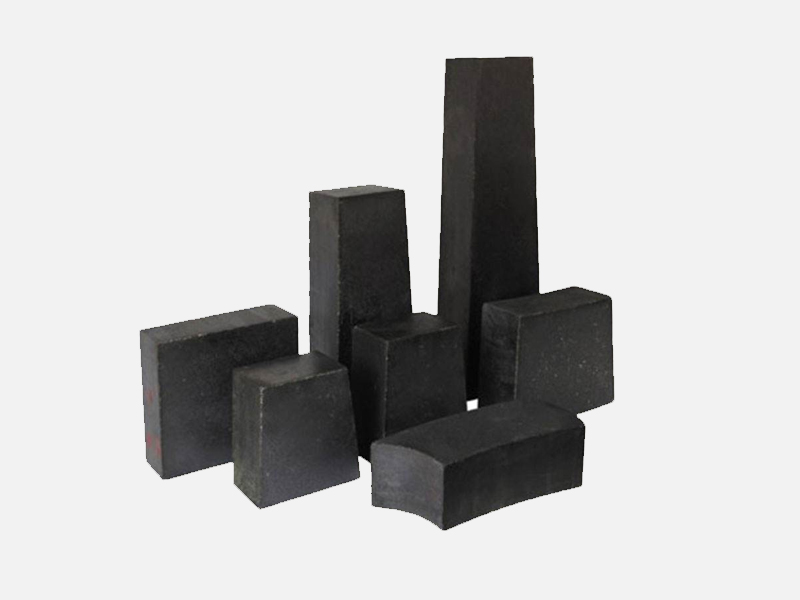The reason why the lining life of magnesia-carbon brick is higher than that of clay brick
Posted time:2023-04-25 Page view:13534The lining damage of clay brick and magnesia carbon brick is the same as the bottom damage, the difference is that the lining loss rate of clay brick is much faster than that of aluminum magnesia carbon brick. In addition, when the clay brick is damaged, the convex and concave phenomenon is serious, especially the concave of the masonry joint is more serious than any place, and the aluminum magnesium carbon brick does not appear the convex and concave phenomenon. The reason why the bottom of the two kinds of brick is damaged quickly is that in addition to the role of many factors like the wall, the main reason is that the bottom of the bag is washed by high temperature and the chemical etching of the slag is more serious, so that the bottom of the bag is lost faster than the wall.
1 Reasons for the improvement of ladle service life The lining life of magnesia carbon brick is higher than that of clay brick, the main reasons are as follows;
(1) Magnesia carbon brick has high density, high strength, high temperature resistance, thermal shock resistance, erosion resistance and good chemical stability, while the brick and liquid steel wetting Angle is small, can effectively prevent the infiltration of liquid steel and slag. In addition to aluminum-magnesium material with good high temperature resistance, there are also scaly graphite in the brick. Flake graphite is a crystalline carbon material with a melting point of up to 3700 ℃ fixed carbon up to more than 86%, volatilization is only 1.2%, strong oxidation resistance (oxidation starting temperature of nearly 600 ℃.
(2) High thermal conductivity, about 64.0W/(m ·K) small thermal expansion rate (20-1000 ℃ is 1.4 × 10-6 / ℃), low elastic modulus. When the graphite is evenly distributed in the brick body, the carbon structure of the main body can be formed by selecting the appropriate binder and carrying out certain process treatment. Due to the high thermal conductivity, the temperature gradient between the working face and the non-working face is small, the thermal stress generated by the brick is small, even if the use of a certain thermal stress, due to its thermal expansion, low elastic modulus, the ability to buffer thermal stress is very large, it will not occur like a simple high-aluminum brick and clay brick as structural spalling, But in use to give full play to the unique properties of its aluminum magnesium carbon brick, so that the product not only has the characteristics of high aluminum magnesium refractory high temperature performance, at the same time due to the addition of carbon, can effectively prevent the liquid steel and slag immersion inside the brick organization, improve the brick resistance to slag penetration, prevent the phenomenon of sticking slag, but also conducive to the improvement of thermal shock stability.

(3) The smooth surface of the lining after the use of magnesia carbon brick pouring steel is due to the expansion of Al2O3 and MgO when MA is generated and the plastic change when there is a liquid phase and the welding makes the lining completely become one, and the brick seam is not visible, preventing the brick seam from melting too fast or local rapid erosion. The addition of MgO reduces the temperature at which the liquid phase initially appears, thereby improving the thermoplasticity of the material at high temperatures, which can buffer the thermal stress. In addition, the glass phase is softened at a high temperature of about 1000 ℃, which can also buffer the stress caused by expansion, and the viscosity of the liquid phase is also improved when MgO and Al2 O3 react to generate the melting point MA during use. The liquid phase of this viscosity can seal the pores and prevent the slag from being immersed in the brick, so that the damage is limited to a narrow range, which greatly improves the service life of the aluminum-magnesium-carbon brick.
